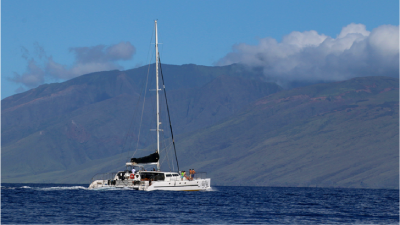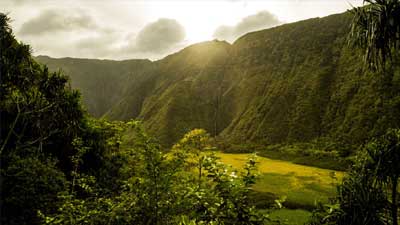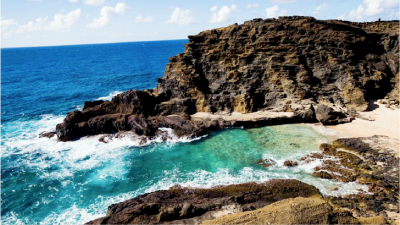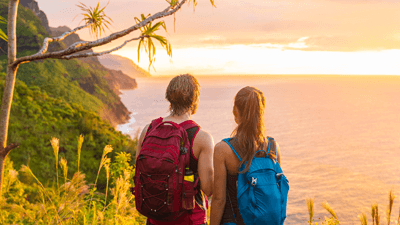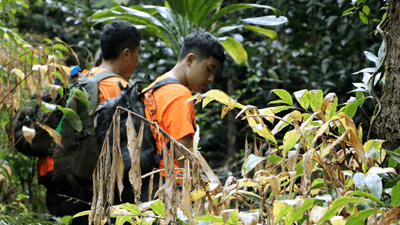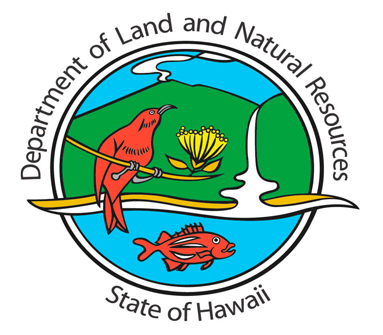How to Experience Hawaiʻi’s Great Outdoors
The Hawaiian Islands are the most remote destination in the world, with pristine oceans, miles of beaches, a mix of urban landscape and wilderness, and a rich culture that guides how best to experience Hawaiʻi unique environment in a way that ensures it will be around for future generations to enjoy.
Choose an activity to learn more about the most common licenses, permits, and forms needed to explore Hawaiʻi.
Visit a State Park
51 state parks with a range of environments and activities are waiting for you to visit. Reservations are required for certain parks.
Make a Reservation for a State Park
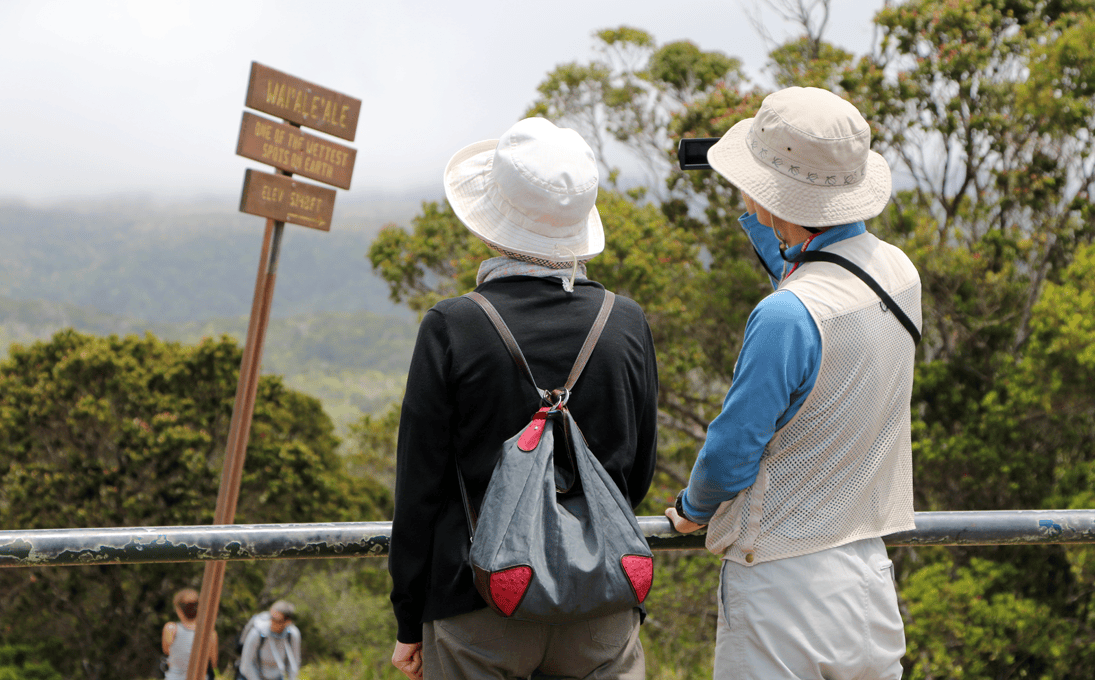

Commercial Activities
From beach wedding photography and surfing lessons to commercial fishing and boating, Hawaiʻi is home to a large variety of commercial businesses and activities that benefit from our unique environment.
Find the resources you need to conduct commercial activities that impact Hawaiʻi’s land, ocean, and wildlife.
Miles of Beaches
Acres of State Forest Reserve
Climate Zones
Mālama Hawaiʻi
As one of the world’s most remote locations, Hawaiʻi is home to unique plant and animal species and fragile ecosystems that can be found nowhere else. We ask everyone to share in the responsibility of being caretakers and keepers of this special place — to Mālama Hawaiʻi.
Mālama in ʻŌlelo Hawaiʻi (the Hawaiian language) is more than just “to take care”, but also to preserve, protect, save, maintain, and honor. We welcome you, along with all Hawaiʻi’s residents and visitors, to Mālama Hawaiʻi and its precious land and natural resources for generations to come.
The State of Hawaiʻi Department of Land and Natural Resources (DLNR)’s mission is to enhance, protect, conserve and manage Hawaiʻi’s unique and limited natural, cultural and historic resources held in public trust for current and future generations of the people of Hawaiʻi nei, and its visitors, in partnership with others from the public and private sectors. Learn more about the work they do.


